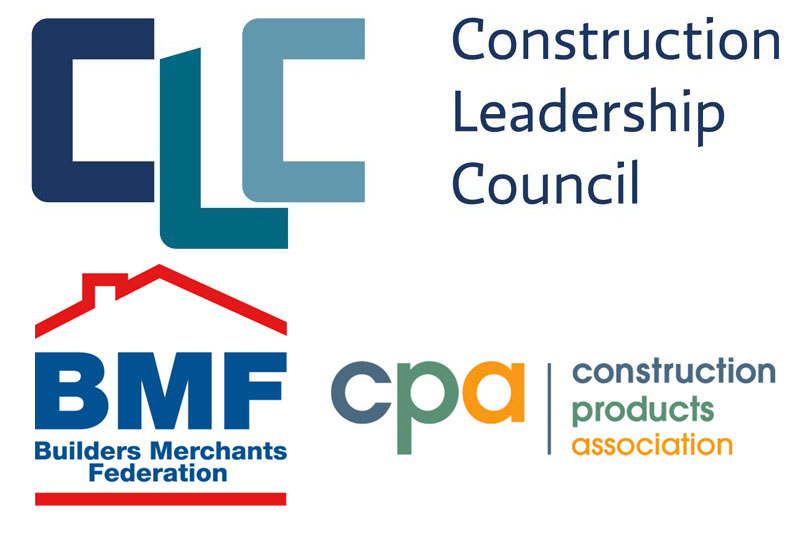
Published just before Christmas, the Construction Leadership Council’s Product Availability working group presented its latest statement on industry supply chain issues.
The statement – from the working group’s co-chairs John Newcomb, CEO of the Builders Merchants Federation and Peter Caplehorn, CEO of the Construction Products Association – was as follows:
We are currently seeing an improvement in the supply situation across all regions in the UK, which has taken some pressure off prices. However, this is largely due to a seasonal decline in activity. While much has been done to ameliorate the issues seen last year, there remain challenges in relation to UK production capacity for some products, and in relation to the operation of the logistics and shipping sectors.
We anticipate the return of pressure on supply chains to deliver products as construction activity remains strong in 2022, with longer lead times and further price increases anticipated. Furthermore, despite precautions being taken at merchants and manufacturers, the rapid increase in cases of Omicron is likely to impact production and operations into the New Year.
The uncertainty around delivery and price has a disproportionate impact on SME builders working mainly on domestic repair, maintenance and improvement projects, where clients want price certainty before the project begins. It is, therefore, essential to maintain open lines of communication throughout the supply chain. We encourage all sectors to continue to work closely and collaboratively to manage challenges and plan future work.
Looking more closely at current and future challenges:
Bricks and blocks remain in short supply for the reasons outlined in our previous statement (29 November). Demand is expected to be strong well into 2022, so imports may be necessary to a make up a shortfall in UK production until new production lines come on stream in 2023/24.
While there are few issues with cement stocks at the moment, merchants are being asked to not to deplete stocks in their yards in preparation for the annual winter round of maintenance shut-downs. Manufacturers have committed to produce as much as they physically can, but supplies will typically decrease during this time. Also, as flagged in the November statement, manufacturers have raised concerns that rising energy costs will likely lead to price inflation.
Demand for roof tiles remains high, with lead times averaging 24 weeks.
Supplies of many timber products have returned to more normal levels and prices have fallen from highs, particularly for structural timber, however tongue & groove remains in short supply. Looking ahead, continuing congestion both here and at Scandinavian ports may lead to reduced supplies and higher prices in Q1 2022.
Furthermore, pressures on global shipping, including delays and volatile prices, look set to continue well into 2022. In addition to ongoing disruption stemming from China’s sustained ‘zero’ policy with regard to Covid-19 outbreaks, performance issues at Felixstowe have led some major shipping lines to divert vessels headed there from Asia to other, smaller ports in the UK.
Finally, the logistics sector reports recent progress with government providing additional training opportunities and grants to get more HGV drivers on the roads. With driver wage increases and flexibility in working making the industry more attractive, we are hopeful that driver shortages will have less impact on our sector in 2022.









